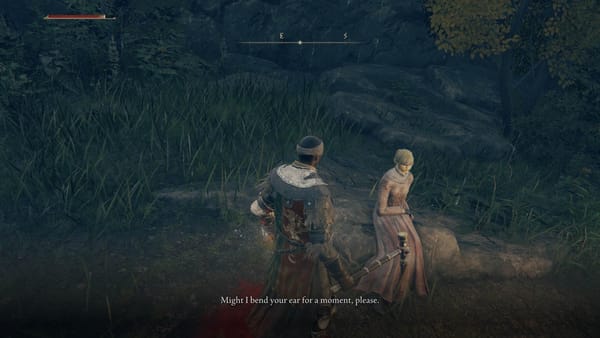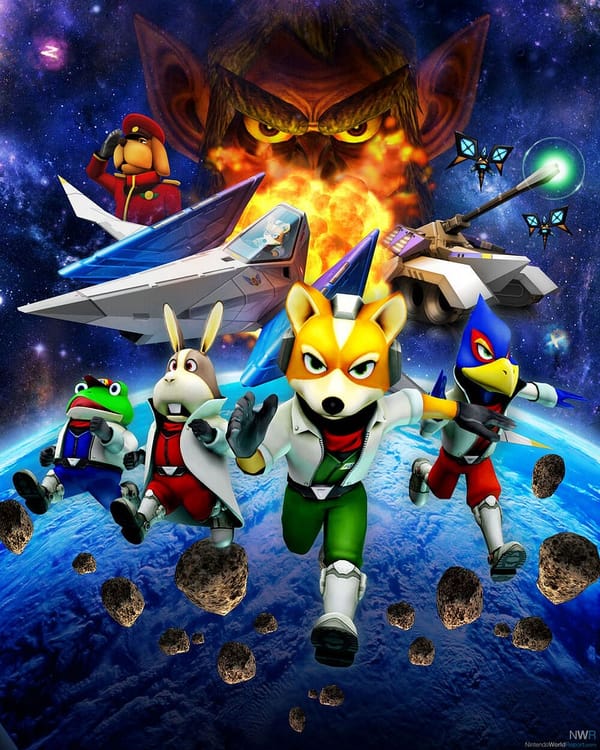Tackling the Backlog, Issue 1
An Outlaw, a Kid in a Coat, and an Alchemist
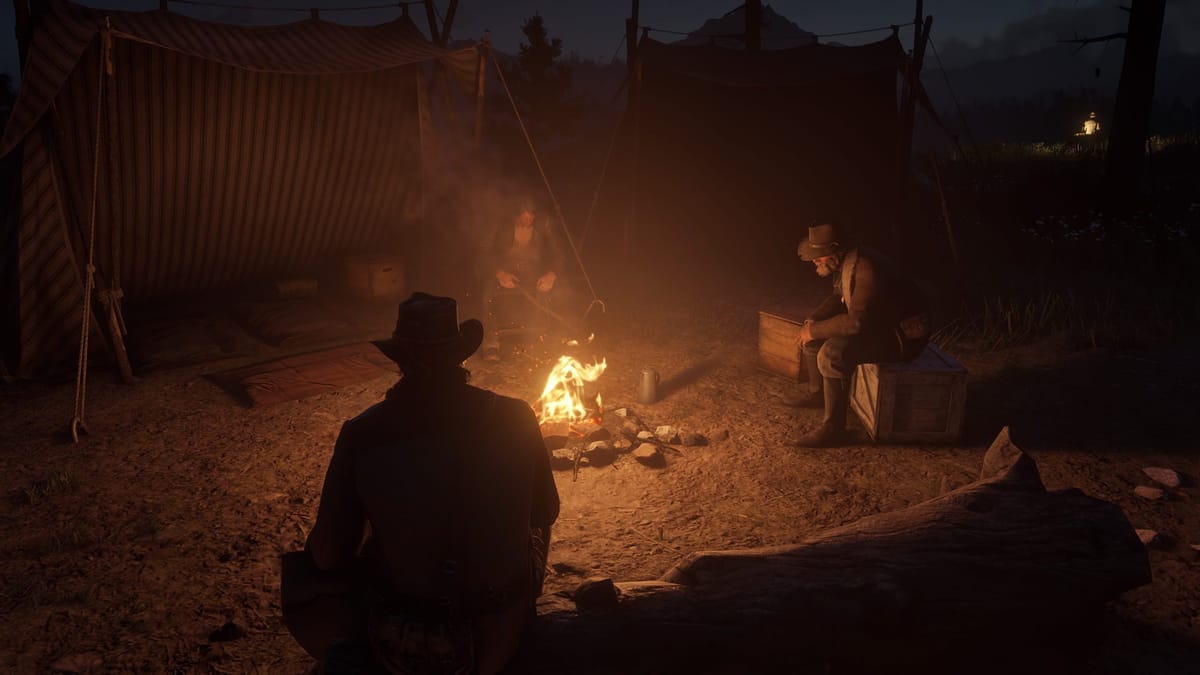
Tackling the Backlog, Issue 1 — January ‘23
Hello and welcome to the first issue of Tackling the Backlog! In this series I’ll periodically leave updates about what games I’m playing, as well as provide some small life updates to contextualize everything. I see video games as a unique art form to experience, so the goal of this project is to recount those experiences and memories. I hope you enjoy reading this as much as I did writing it.
The first month of 2023 has been a rocky one. Out in the real world, I’ve been stressed out dealing with my final year of college and a commute that results in an hour-long drive to and from campus because of my class schedule. At home, I found comfort in the games of this month that managed to ease the pain of higher education. Red Dead Redemption 2 had been on my backlog for quite some time, and I wasn’t familiar with a Rockstar Games story. I quickly found myself a fan of the world of RDR2 and existing in that world as Arthur Morgan. Little Nightmares was an indie game that I got for free through PS+ and stayed well below my radar until I decided to grab it from my digital library. Shovel Knight: Plague of Shadows was the last game of the Shovel Knight: Treasure Trove that I needed to beat. Platforming has always left a bad taste in my mouth, but I have a bit of a soft spot for the Shovel Knight games.
“I gave you everything I had.”
Red Dead Redemption 2 began as a bit of a roller coaster. I was initially wary of taking on such a massive game when I had hundreds of hours of other titles on my backlog. The goal was to be able to tick off a decent number of boxes by the end of the year, so starting with a large-scale open-world game could turn into an endless journey through the cities that Arthur and the gang travel through. Luckily, I didn’t find myself exploring very much in my time in the Heartlands, seeing that Arthur always had a different priority to handle.
The beginning of the game didn’t seem very special to me — a long tutorial, a lot of downtime for characters to converse with each other, and a clear distinction drawn between me and the man on the screen. This man riding a horse in an unforgiving winter was Arthur Morgan. I was not Arthur, and he wasn’t me, but I could change the kind of Arthur that I would see throughout the story. Due to my aversion to bad karma in video games, I maxed out Arthur’s karma on the good side and was more than happy with the outcome. He was a part of a dying breed, those who lived freely and found that freedom in living an ungoverned life. Watching Arthur’s story unfold let me see a man who was gruff and tired, someone who couldn’t adapt to the changing America he persisted in, become someone who would do his best to make sure those around him could live the lives they deserved. Arthur’s story took time to grow on me but sat in my heart the entire time I played the epilogue and cleaned up Arthur’s loose ends as John.
The atmosphere of this game is phenomenal in every aspect. The world is vast and varied in its territories, and the music never gets old. Every building has its own events and fits into the world extremely well. In the first chapter of the game, I found myself going back and forth to Valentine purely to take a bath, but would come out with new clothes, guns, and a night at the saloon under my belt. The short bit of exploration that I had done allowed me to do small things in an active world to boost my karma, like saving strangers and giving them a ride home to a part of the map I wasn’t familiar with. Surprisingly, only one of these people ended up trying to rob me. I was a fan of every little detail in this game, and it made the experience amazing. Every detail except one.
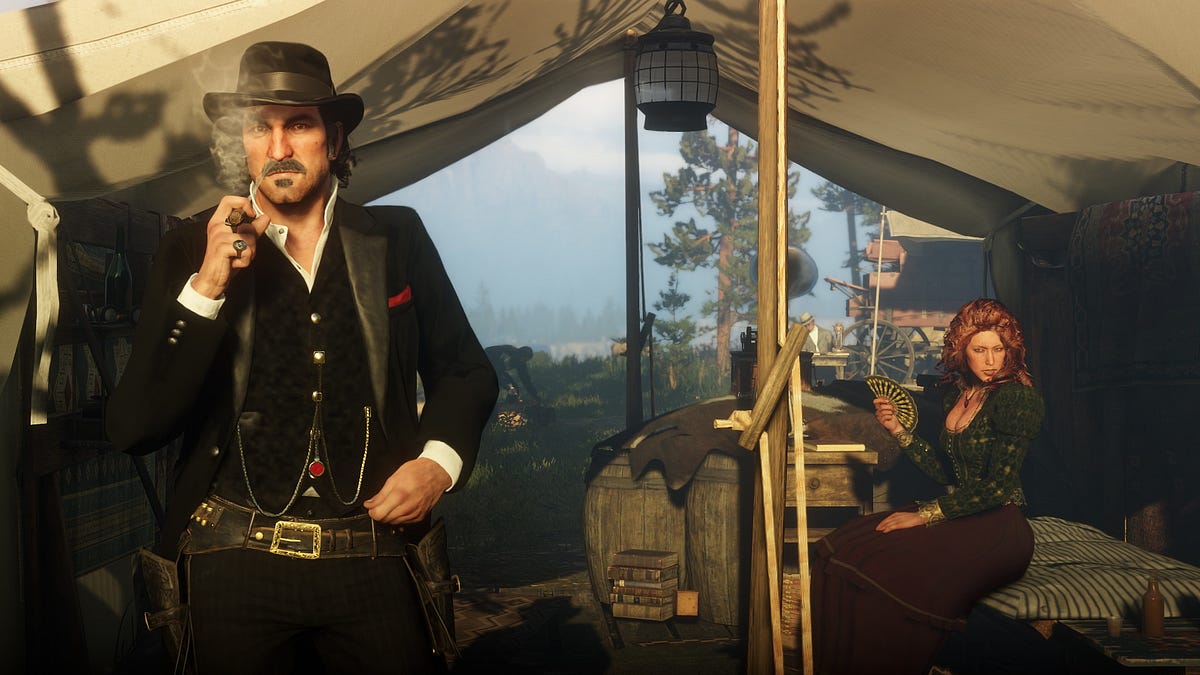
The biggest issue this game had in my opinion was the ludo-narrative dissonance that money brought. Money is the motivation of the major plot lines of the game — Dutch needing money to get the Van der Linde gang out to freedom and John needing to pay off his loan. The game creates a narrative that the gang is just trying to get by and make the best of a bad situation, and the solution to this is gradually earning more money until they can finally be free. This means robbing banks and doing all sorts of schemes to push the plot forward, as well as letting the player freely deposit as much money as they want into the camp’s funds to afford new features. This falls apart when money is such an easy resource to come by in the game, and through a plethora of ways. A lot of the main story quests provide Arthur with a good chunk of cash, and the open world allows the player to rob people, wagons, trains, etc. Resources aren’t expensive or hard to come by at all, and building up money for the camp takes a bit of time but isn’t a hard task. Things are marked with an 1890s price tag, but Arthur is rewarded with 2018 money. There was a point in the game where I gave more than $1,000 to the camp and expected something to happen — maybe a special cutscene where people would celebrate, or maybe I’d unlock another tier of goods I could buy for the camp. But nope, nothing. The game progressed like nothing happened, despite so much cash. The same issue came up in John’s epilogue when I realized I couldn’t go back and pay the bank despite having more than the $400 needed to pay off his loan. I understand that greed being the root of problems is one of the overarching themes of the game, but had it not been so easy to make money, then this wouldn’t have been an issue at all.
Overall, I loved every second I spent in the Heartlands. In hindsight I feel like I missed out on a good chunk of this world. I was too focused on getting to the end rather than looking through every nook and cranny, and conversations with others who played the game have told me more than enough about how much I didn’t even know was in the game. So, while I’ve rolled the credits on Red Dead Redemption 2, I haven’t finished it. I haven’t played the first Red Dead Redemption either, so I can only hope that John chooses to be one thing and not two. What I expected to be a standard AAA game turned into something I don’t think I’ll forget for a while.
“A storm is coming. That coat should come in useful.”
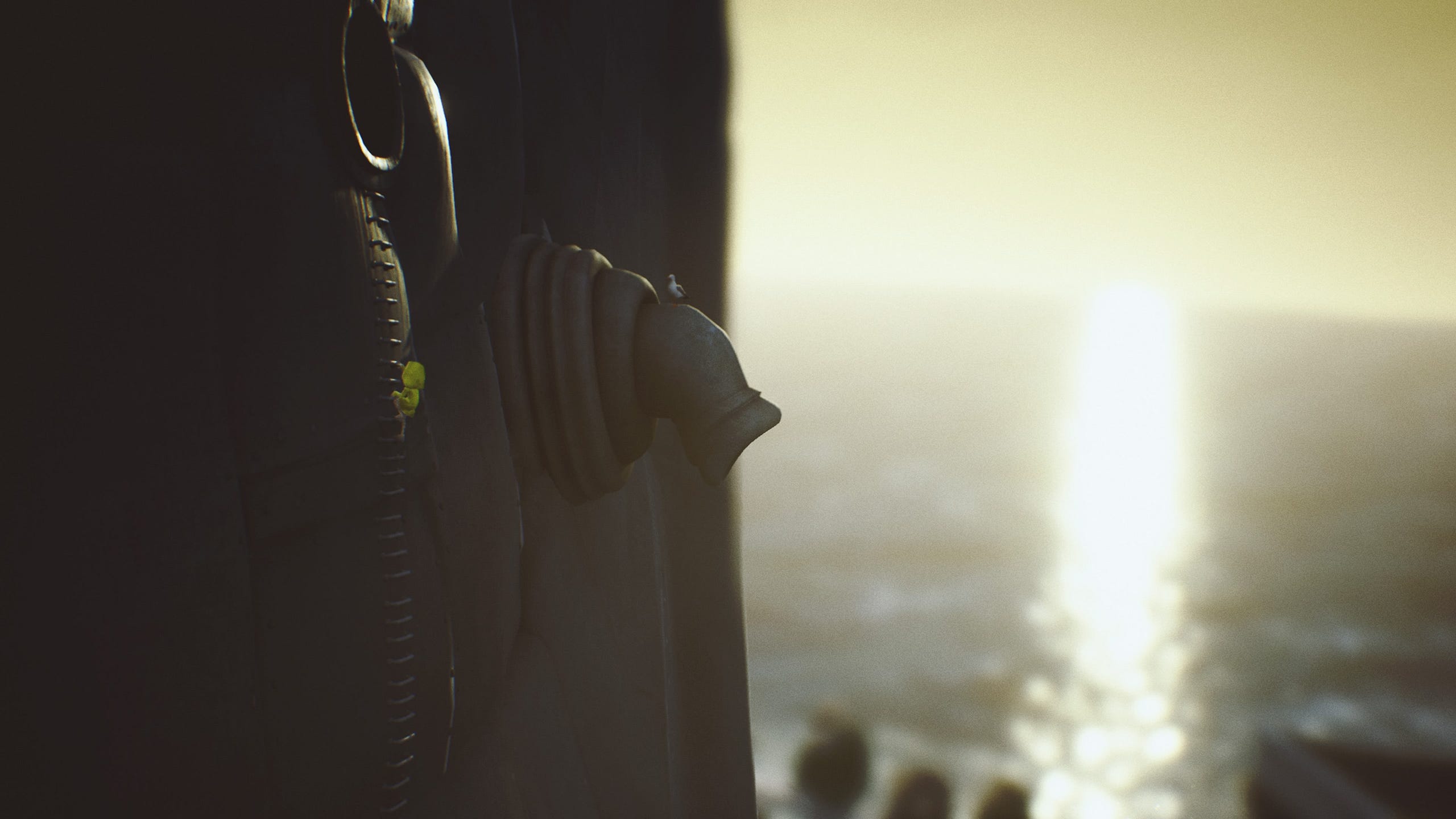
Little Nightmares wasn’t a game of my choice, but my girlfriend’s. She likes to watch me play games, and I wanted her to pick something out that looked different than what she would’ve recognized (which was pretty much exclusively AAA titles). What started as an eager run through a dark and creepy game soon became a confusing, surprising, and weirdly gross experience for both of us. Contrary to my relationship with Arthur, Six (the protagonist of Little Nightmares) and her silence created a somewhat intimate relationship. On top of being a silent protagonist, she didn’t have any particularly unique traits, so it made it easier for my girlfriend and I to feel like less of an audience and more like active participants. Our questions that should’ve been “Why is she doing this?” statements became “Why are we doing this?” statements. “Why are we on a boat? Why are we trying to escape? Was that lady in the dream our mom? What’s the point of all this?” We asked ourselves these questions for a good bit of our four-hour experience with the game because things didn’t make sense upfront. The ending left us with a feeling of completion, but not satisfaction since the world of the game and its circumstances seemed random until we thought about how deeply rooted the game is in its allegories to gluttony, lethargy, greed, and the corruption that comes with these issues.
The atmosphere of this game was consistently creepy which made the immersion a lot more fun. With a silent protagonist, it’s easy to get in the shoes of the character you’re controlling, so for us, it was never about Six at all. We needed to get off this boat because that’s what we decided when we booted up the game. Something that stuck out to me was the visual experience that this game provides. In the early 2000s there was an educational children’s show on HBO called Crashbox and one of the segments on this show was the “Revolting Slob”, a puppet sketch where a grotesque fat man eats like an animal and answers vocab questions. I hadn’t seen anything resembling this disgusting mass of man until I ran into the chefs of Little Nightmares to which I applauded the nastiness in front of me. This game is a dark, visual adventure, and I appreciated that greatly.
I don’t have much to say about the gameplay because it was pretty straightforward. Hold right, do some puzzles, and don’t get caught. There were some creative ways to problem solve, like using a door to cut a janitor’s hands off, and timing an elevator to grab a key, and some sections of the levels made me think there could have been an alternate path that I could’ve gone through. The chase sequences were my favorite parts, especially in the last act when a buffet full of gluttonous giants clamored after Six in a stampede. My experience with Little Nightmares was a short but fun one. I doubt I’ll go back to play it again anytime soon, but I had fun for my four hours on a boat.
“ — Boom! — “
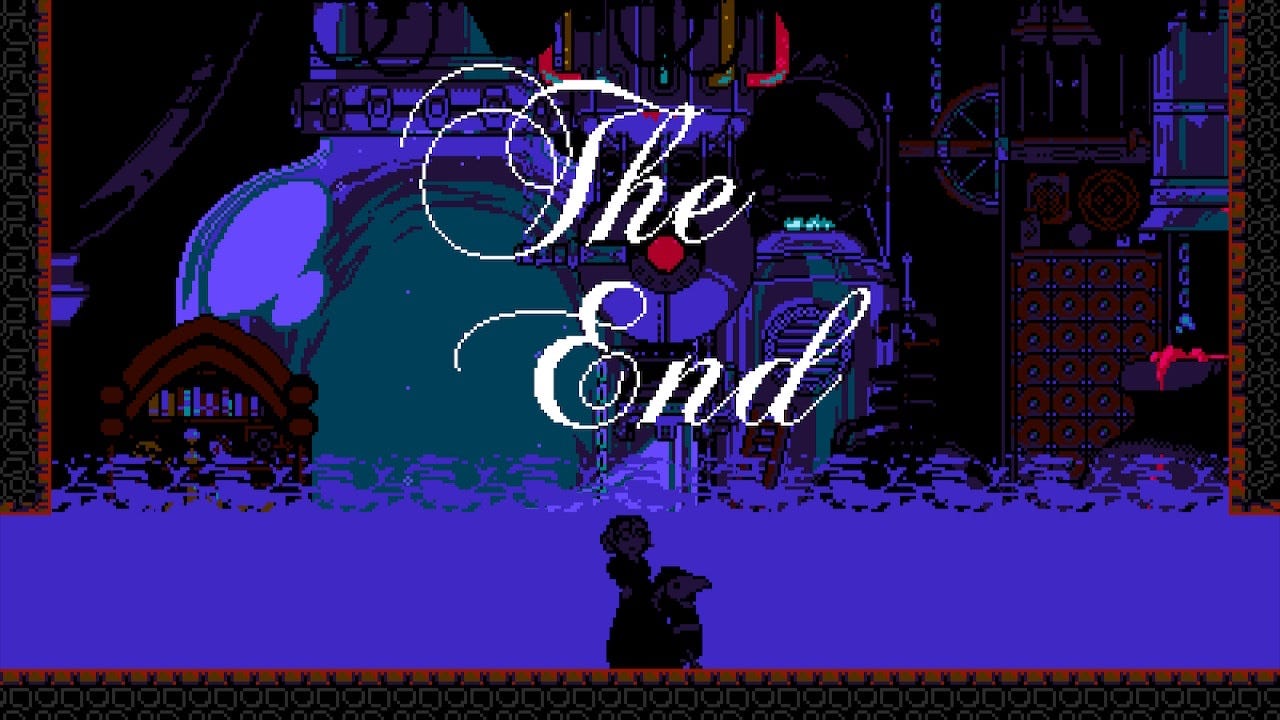
Shovel Knight: Plague of Shadows capped off the month, and I had mixed feelings about it. Sure I enjoyed it as much as I have the other games in the Treasure Trove, but I’m awful at platformers, embarrassingly so! The game takes place parallel to Shovel of Hope, and because of that, every level is mostly the same as it was before plus a few small details and collectibles. Level layouts are the same, and so are boss fights except for two. This creates a mixed level of difficulty. On one hand, the use of bombs, flight, and a double jump to navigate each stage is very unique. You’re also given a handful of powders, fuses, and cases to mix and match your bombs and create a fun combat style, or just float over certain sections of levels. The game lets you switch between them seamlessly so it rewards utilizing every resource available. This makes for a unique experience through each level, and most bosses are way easier because of it.
The story of the game is actually very sweet. Plague Knight isn’t just a crazy alchemist, but a lonely guy who simply wants to be stronger to impress the Magicist, the girl he has a crush on. He travels from place to place to take the essences of each member of the Order of No Quarter and Shovel Knight himself. In the end he realizes that he never needed the potion to get someone to love him. It’s simple but sweet and accompanied with a cute waltz at the end of it all.
The music in this game is good. It adds a small number of new tracks since so much of it is borrowed from Shovel of Hope, but the music it brings helps set the world for Plague Knight and gives the player something new to enjoy. My favorite song was “Tango of the Troupple King”.
Plague of Shadows is not my favorite entry in the Treasure Trove, but I still enjoyed the versatility of its combat and the well-designed levels of Shovel Knight. I greatly enjoyed that Shovel Knight appeared as a boss fight, and their creativity with a new final boss in each adventure. I know that Yacht Club has released a few other games over the past few years, but it’s going to be a while until I get to them.
Since the point of the project is to be about memories, I want to take the time and close this with a few standout memories from each game.
- In RDR2, the Albert Mason quests will always hold a soft spot in my heart. Taking the time to travel to different parts of the map and hang out with someone as sane and kind as Albert was a nice break from the usual banditry and shooting one of the handfuls of factions that were after me.
- John and Abigail’s date in the epilogue was adorable. Seeing him try to go even further out of his comfort zone, taking her to the movies like she always wanted, getting their picture taken, using the ring Arthur had given Mary to propose, it was all so sweet. And none of my favorite characters had to die in the process!
- My favorite memory from Little Nightmares comes more from outside the game than in it. Screaming at the same time as your partner to the few jump scares available really does make the whole experience a lot more meaningful.
- What will stick with me from Plague of Shadows is how seamlessly you could swap through items. Holding down the left and right bumpers allowed me to mix and match my kit at will, which was a nice way to speed up the process instead of pressing select and opening up menus or having to go in with a preconstructed loadout. That, and the 44 deaths I had at the entrance to the Tower of Fate. That part always seems to do me in.
- During the second-to-last boss fight in Plague of Shadows, you fight against the Enchantress. During this fight, the entire floor is made up of breakable blocks, and because of the explosions between both Plague Knight and the Enchantress, it’s very easy to break the floor below you and fall to your doom. I died a lot here.
I’m looking forward to the games I’ll play in February. Expect a handful of JRPGs as that’s what I seem to have gravitated toward these past few days, and maybe one or two NES classics.


